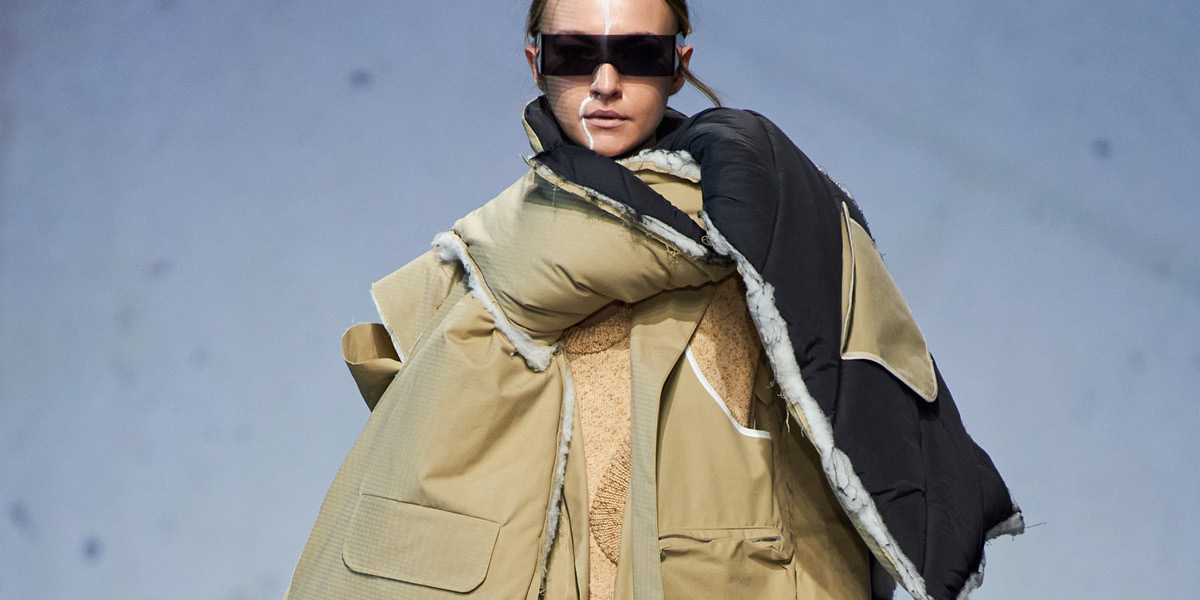-
How to become a
Fiber and Textile Artist
.jpg)
Who is the Fiber and Textile Artist?
A Fiber and Textile Artist specializes in creating artworks and designs using textile materials. Their expressive vision merges conceptual meanings with textile aesthetics. From weaving to fabric coloring, from fiber research to experimenting with innovative techniques, these are the main activities along a creative journey that begins with education and relies on continuous learning.
What does a Fiber and Textile Artist do?
Similar to any other artist, individuals who work with textile materials need to conduct thorough research and experimentation. Staying updated on stylistic trends, adopting new textile techniques, and exploring unique material combinations are essential for crafting textile sculptures, wall art, and installations. At the heart of their craft lies weaving and fiber intertwining to form three-dimensional structures and intricate patterns, alongside dyeing and coloring methods that produce captivating chromatic effects. As they progress, Fiber and Textile Artists may collaborate with fashion designers, architects, and other artists to create hybrid pieces that blend various disciplines.
What skills should a Fiber and Textile Artist have?
The skills of a Fiber and Textile Artist range from broad conceptual analysis to practical-theoretical knowledge.
- Knowledge of various fibers, yarns, fabrics, and their properties.
- Proficiency in applying key textile techniques such as weaving, dyeing, embroidery, and fabric printing.
- Understanding of artistic principles, such as composition, color, and form
- Willingness to explore new trends in the textile world and experiment with new materials and techniques
- Ability to translate abstract concepts and ideas into physical artworks
How to become a Fiber and Textile Artist?
Creativity is undoubtedly at the core of any artistic endeavor, including that of a Fiber and Textile Artist. However, this inclination must be built upon a solid foundation. Within the Master of Arts in Textile Design, our students have the opportunity to explore fibers in terms of cultural geography, tracing the fabric of the world through history and textile travels, delving into the intersections of art, costume, and fashion. Here, an awareness of materials and their final uses is developed, fostering a conscious and responsible sensibility. Students engage with various techniques related to textile structure and manipulation, which form the basis of the Fiber and Textile Artist's work.
.png)
